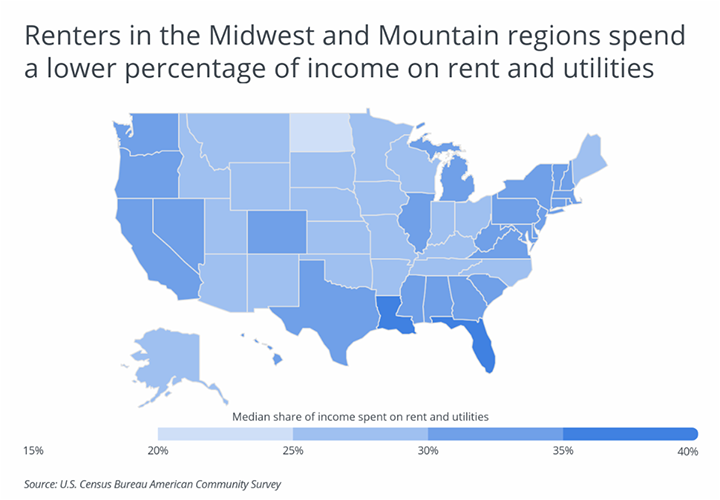
Making a smaller down payment also has its benefits, the most obvious being a smaller amount due at closing.

In the case of a recession, the home value will likely drop, and with it, the relative return on investment of the larger down payment. One of the risks associated with making a larger down payment is the possibility of a recession. For conventional loans, paying at least a 20% down payment when purchasing a home removes the need for Private Mortgage Insurance (PMI) payments, which are sizable monthly fees that add up over time. Therefore a larger down payment will generally result in the lower amount paid on interest for borrowed money. Paying a larger down payment of 20% or more, if possible, usually lead to qualification for lower rates. For more information about or to do calculations involving VA mortgages, please visit the VA Mortgage Calculator. Only two other entities, the USDA and Navy Federal, allow the purchase of a home without a down payment. For more information about or to do calculations involving FHA loans, please visit the FHA Loan Calculator.Īlso, in the U.S., the Department of Veterans Affairs (VA) has the ability to subsidize VA loans, which do not require a down payment.

In addition, monthly mortgage insurance payments last for the life of the loan unless refinanced to a conventional loan. However, home-buyers must pay an upfront mortgage insurance premium at closing that is worth 1.75% of the loan amount, on top of the down payment. To help low-income buyers in the U.S., the Department of Housing and Urban Development (HUD) requires all Federal Housing Administration (FHA) loans to provide insurance to primary residence home-buyers so that they can purchase a home with a down payment as low as 3.5% and for terms as long as 30 years. The PMI is normally paid as a monthly fee added to the mortgage until the balance of the loan falls below 80 or 78% of the home purchase price. If the down payment is lower than 20%, borrowers will be asked to purchase Private Mortgage Insurance (PMI) to protect the mortgage lenders. Conventional loans normally require a down payment of 20%, but some lenders may go lower, such as 10%, 5%, or 3% at the very least.
#Average down payment on a house in tennessee mac#
In the U.S., most conventional loans adhere to guidelines and requirements set by Freddie Mac and Fannie Mae, which are two government-sponsored corporations that purchase loans from lenders. Different Loans, Different Down Payment Requirements A very rough estimate for the amount needed to cover closing costs is 3% of the purchase price, which is set as the default for the calculator.

There are also many other costs that may be involved, such as upfront points of the loan, insurance, lender's title insurance, inspection fee, appraisal fee, and a survey fee. It is important to remember that a down payment only makes up one upfront payment during a home purchase, even though it is often the most substantial. Often, a down payment for a home is expressed as a percentage of the purchase price. In other words, the purchase price of a house should equal the total amount of the mortgage loan and the down payment. When purchasing a home, after a down payment is paid by a home-buyer, any remaining balance will be amortized as a mortgage loan that must be fulfilled by the buyer. Related Mortgage Calculator | House Affordability CalculatorĪ down payment is the upfront portion of a payment that is often required to finalize the purchase of items that are typically more expensive, such as a home or a car.


 0 kommentar(er)
0 kommentar(er)
